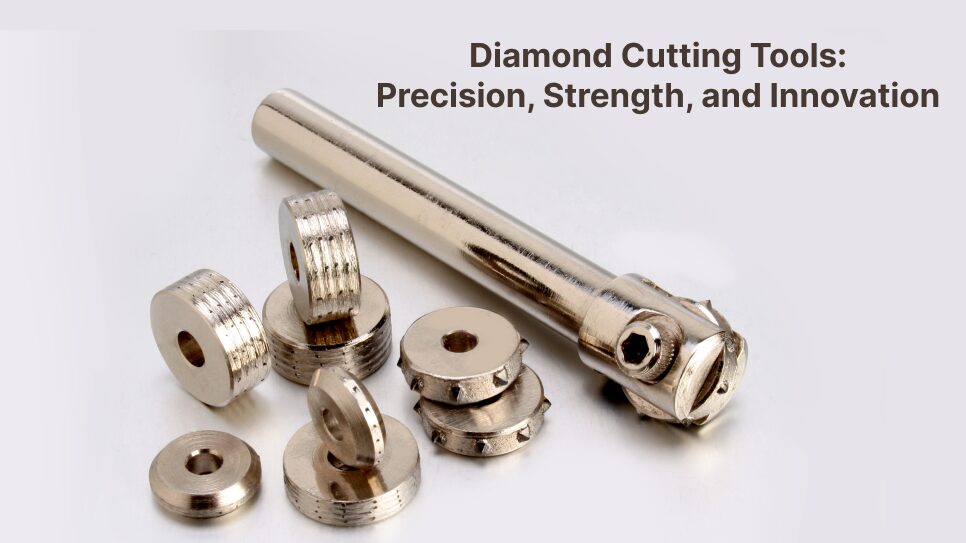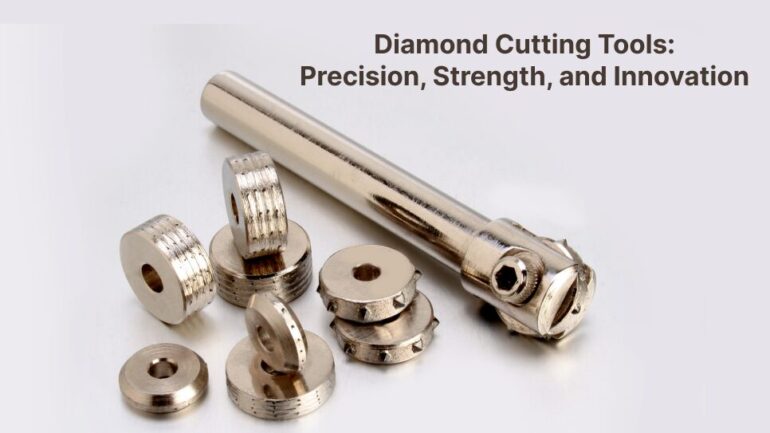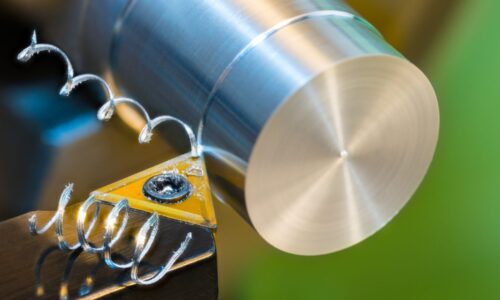
Diamond Cutting Tools: Precision, Strength, and Innovation

When you think of industries that shape the modern world—construction, aerospace, automotive, electronics—what’s one common factor that drives them all? The need for precision. And that’s exactly where diamond tools come in. Whether it’s slicing through the toughest materials or polishing delicate surfaces, diamond tools have become the gold standard (or should we say diamond standard?) for performance.
In this blog, let’s explore what makes diamond tools so powerful, how they work, and why they’ve become indispensable across industries.
What Are Diamond Tools?
At their core, diamond tools are products that use diamond—the hardest natural material known to man—as the cutting or grinding surface. Diamonds, either natural or synthetic, are bonded to a tool body made of steel or another durable material. The result? A tool capable of tackling materials like stone, concrete, ceramics, composites, and even ultra-hard metals.
These aren’t your everyday cutting tools. While traditional steel tools may dull quickly, diamond tools maintain sharpness, efficiency, and durability over much longer lifespans.
Types of Diamond Tools
Diamond tools come in various forms, each engineered for specific applications:
- Diamond Saw Blades – For cutting stone, concrete, tiles, and metals.
- Diamond Grinding Wheels – Used for surface preparation, finishing, and shaping.
- Diamond Drill Bits – Ideal for drilling through reinforced concrete, ceramics, and glass.
- Diamond Wire – Used in large-scale stone cutting and construction projects.
- Polishing Pads – Deliver smooth, mirror-like finishes on stone and glass surfaces.
Each of these tools combines precision with resilience, making them far more effective than conventional cutting tools.
Why Industries Rely on Diamond Tools
1. Unmatched Durability
Diamonds are nearly indestructible in terms of hardness. This translates into longer tool life and reduced downtime for tool replacement.
2. Superior Cutting Precision
Whether cutting through concrete in construction or shaping silicon wafers in electronics, diamond tools ensure accuracy at micro and macro levels.
3. Versatility Across Materials
From soft glass to the hardest granite, diamond tools perform where other cutting tools simply fail.
4. Cost-Effectiveness in the Long Run
Although diamond tools may have higher upfront costs, their extended lifespan and efficiency make them a cost-saving solution over time.
Applications of Diamond Tools
- Construction: Cutting and grinding concrete, bricks, tiles, and asphalt.
- Automotive & Aerospace: Precision machining of engine components and composite materials.
- Electronics: Cutting and polishing semiconductor wafers, circuit boards, and glass displays.
- Stone & Marble Industry: From quarrying large blocks to polishing countertops.
- Medical Industry: Used in surgical instruments requiring delicate yet precise cutting.
- It’s not an exaggeration to say that modern infrastructure and technology owe a lot to diamond tools.
The Future of Diamond Tools
The innovation in diamond tools isn’t stopping anytime soon. With advancements in synthetic diamond manufacturing, tools are becoming even more affordable, customizable, and sustainable. We’re seeing developments such as:
- Eco-friendly bonding technologies.
- Nano-diamond coatings for enhanced performance.
- Smart tools integrated with sensors for predictive maintenance.
As industries evolve, the demand for precision and durability will only rise—cementing the role of diamond tools as industry essentials.
Final Thoughts
Diamond tools have transformed how industries approach cutting, grinding, drilling, and polishing. They bring together the unmatched hardness of diamonds with human engineering to deliver performance beyond ordinary cutting tools.
So, the next time you see a skyscraper, a polished marble countertop, or even the sleek glass of your smartphone—remember, diamond tools played a crucial role in shaping it.





